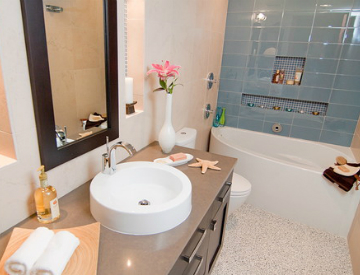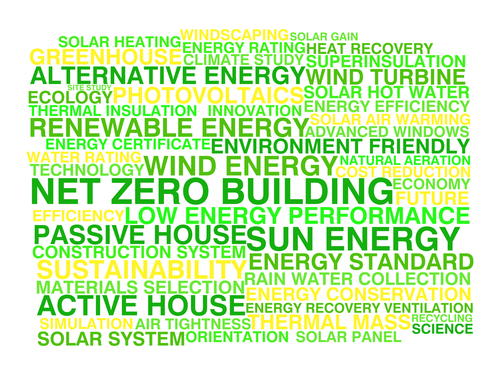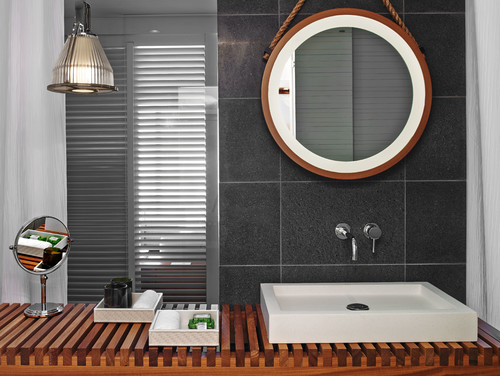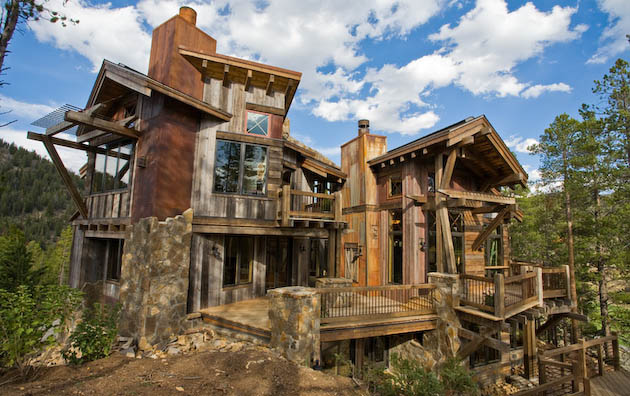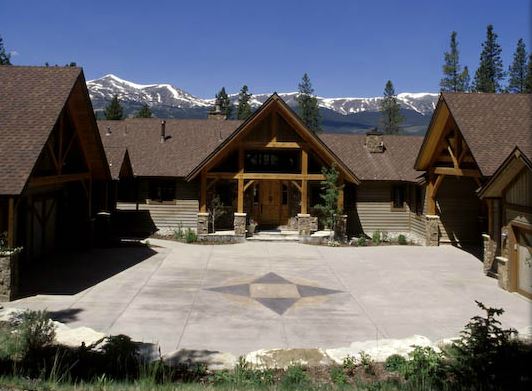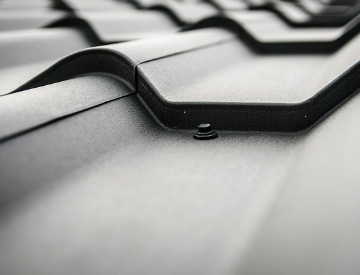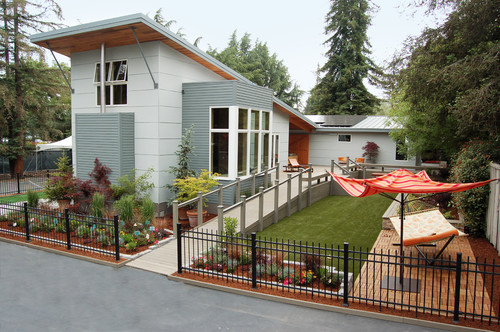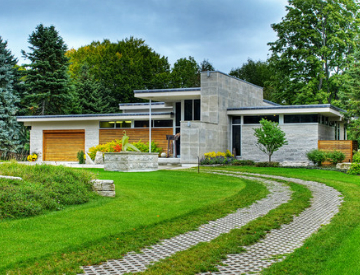
Consider green building methods for every part of your home design, including your driveway, which can reduce storm water run-off. Source: Houzz
If you’re looking to reduce your environmental footprint as much as possible, then you should consider green building methods for every part of your home design – including your driveway. The following are a few tips for building a green driveway:
- One of the issues with typical driveways is that storm water tends to run down driveways and into a storm drain, where much of the storm water runoff will end up in nearby lakes and rivers. If you’re trying to help out the environment, then you’ll want to figure out a way to redirect storm water into the ground. This will help to prevent erosion caused by runoff. So how do you do this?
- By using a permeable surface instead of asphalt or concrete. For example, using open-cell pavers, which are concrete pavers with holes that are filled with pervious material, such as vegetation.
- Or use pervious pavers, which contain joints filled with aggregate that lets water seep between the pavers.
These are just a few ways that you can reduce water runoff and make your driveway more eco-friendly. For more information about green building techniques and how you can implement them, contact us at Trilogy Builds today.








